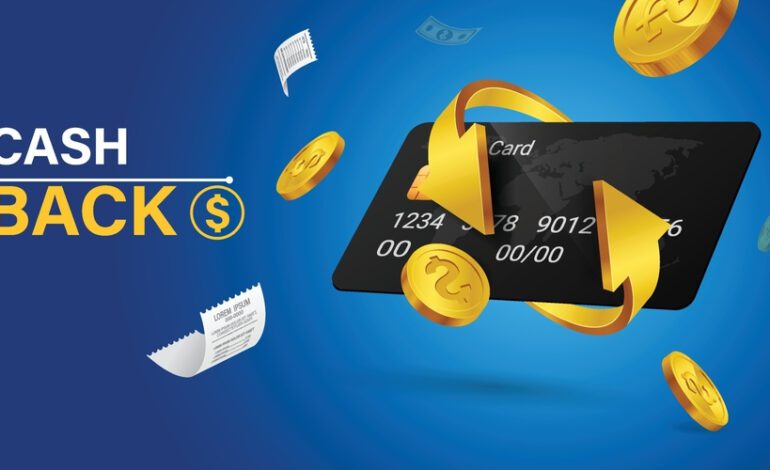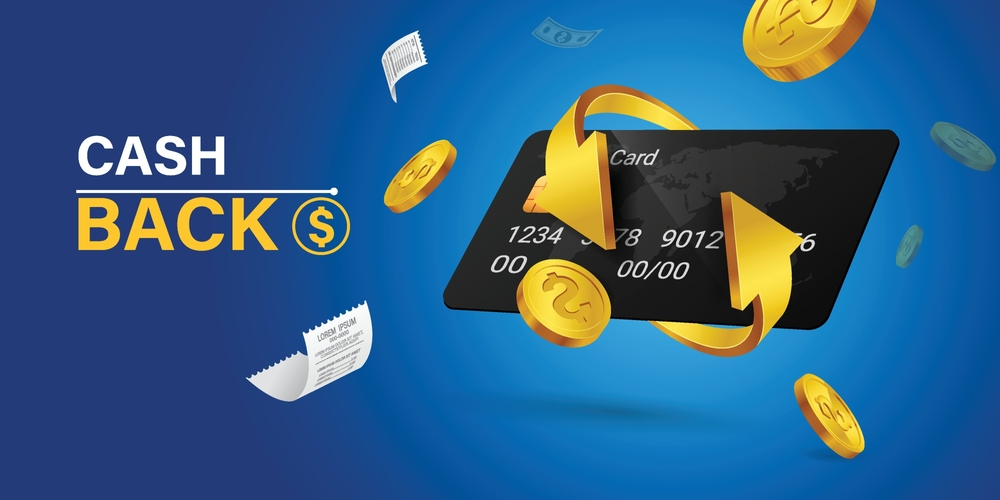The Pros and Cons of Balance Transfer Credit Cards

Balance transfer credit cards can be a powerful tool for managing debt, especially if you’re grappling with high-interest rates on your current cards. But like all financial tools, they come with both advantages and disadvantages. Let’s break them down.
1. What is a Balance Transfer Credit Card?
A balance transfer card allows you to transfer debts from one or more credit cards to a new card, often with a lower introductory interest rate.
2. The Pros of Balance Transfer Cards
- Lower Interest Rates: Many balance transfer cards offer a 0% introductory APR for a set period, allowing you to save on interest.
- Consolidation: By moving multiple balances to one card, you simplify your payments, making it easier to manage your debt.
- Potential Faster Debt Payoff: With a lower interest rate, more of your payment goes towards the principal, potentially allowing you to pay off the debt faster.
3. The Cons of Balance Transfer Cards
- Balance Transfer Fees: Most cards charge a fee (typically 3-5% of the transferred amount) to move your balance.
- End of Introductory Period: Once the low or 0% introductory period ends, the card’s interest rate might jump significantly.
- Potential for More Debt: If you’re not disciplined, you might rack up more debt on the card you just cleared.
- Impact on Credit Score: Applying for a new card can result in a hard inquiry on your credit report, potentially affecting your score.
4. Is a Balance Transfer Card Right for You?
Consider the following:
- Your Debt Amount: If you have a significant amount of high-interest debt, a balance transfer can offer substantial savings.
- The Introductory Period: Ensure the 0% or low APR period is long enough for you to make a dent in your debt.
- Your Financial Discipline: If you’re prone to overspending, getting a new card might not be the best idea.
- Total Costs: Factor in balance transfer fees and potential annual fees to determine if the card offers real savings.
5. Tips for Using a Balance Transfer Card
- Plan Your Payments: Aim to pay off the transferred balance before the introductory period ends.
- Avoid New Purchases: Using the card for new purchases might come with a different interest rate and can complicate your repayment strategy.
- Read the Fine Print: Understand all fees, the post-introductory APR, and any other terms.
Conclusion
Balance transfer credit cards can be a beneficial tool for managing and reducing debt, but they’re not a one-size-fits-all solution. By understanding their pros and cons and evaluating your financial situation and habits, you can make an informed decision that aligns with your financial goals.










